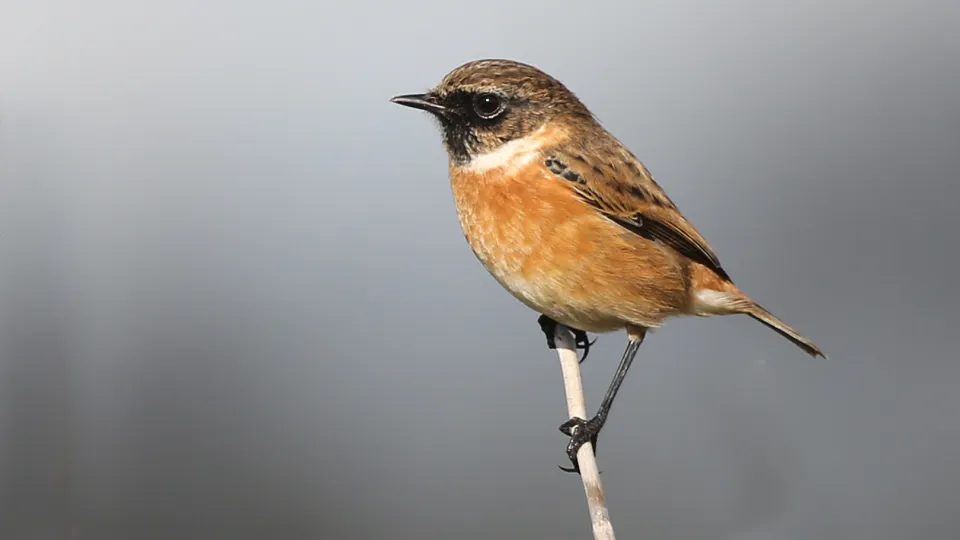
Stonechat
The stonechat is named for its call, which sounds just like two small stones being hit together! It can be seen on heathland and boggy habitats.

The stonechat is named for its call, which sounds just like two small stones being hit together! It can be seen on heathland and boggy habitats.
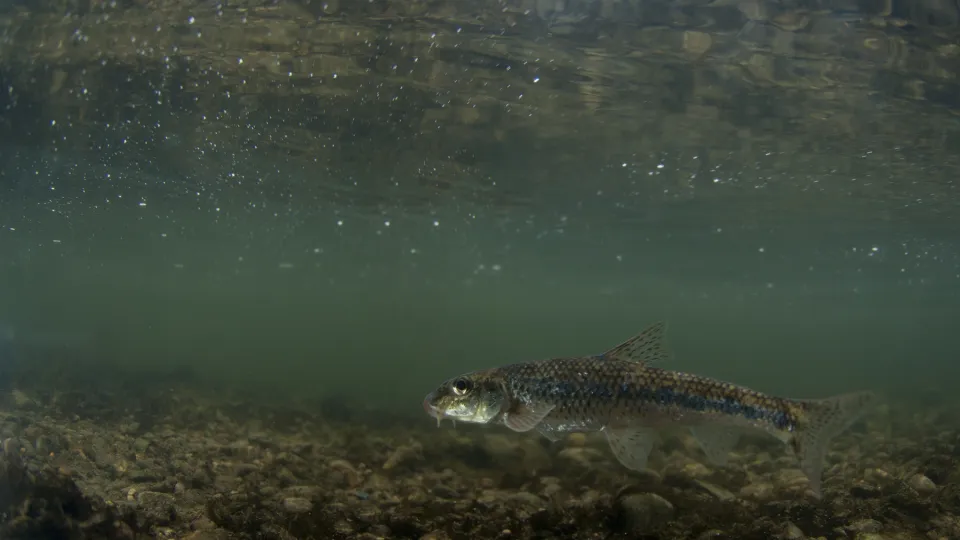
The gudgeon is a bottom-dwelling fish, similar to the stone loach, but with only two whisker-like barbels near its mouth. These sensory organs help it to find its prey in the sand and gravel of the riverbed.
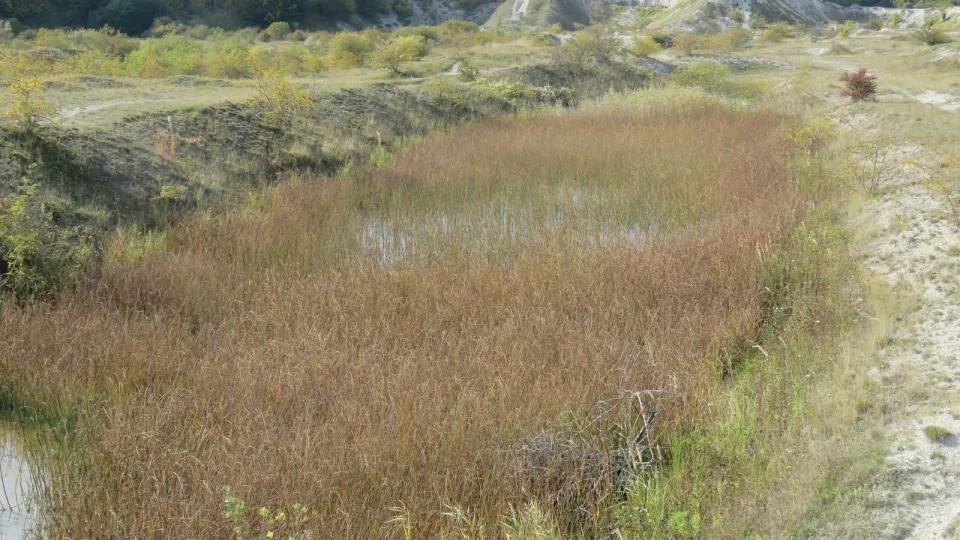
The dark green, straight and spiky stems of common club-rush or 'bulrush' are a familiar wetland sight. They are ideal for weaving and were traditionally used to make baskets, seats and mats.

The waxwing is a colourful winter visitor. It can often be spotted in large flocks in berry-laden bushes in towns, car parks and gardens.
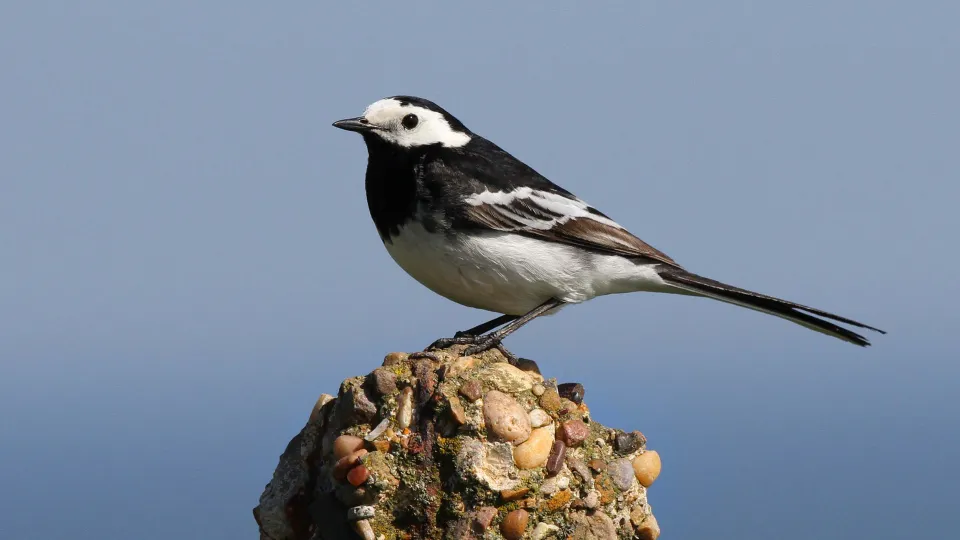
The pied wagtail is a familiar bird across town and countryside. Its black-and-white markings and long, wagging tail make it easy to identify as it hops across the road or lawn.
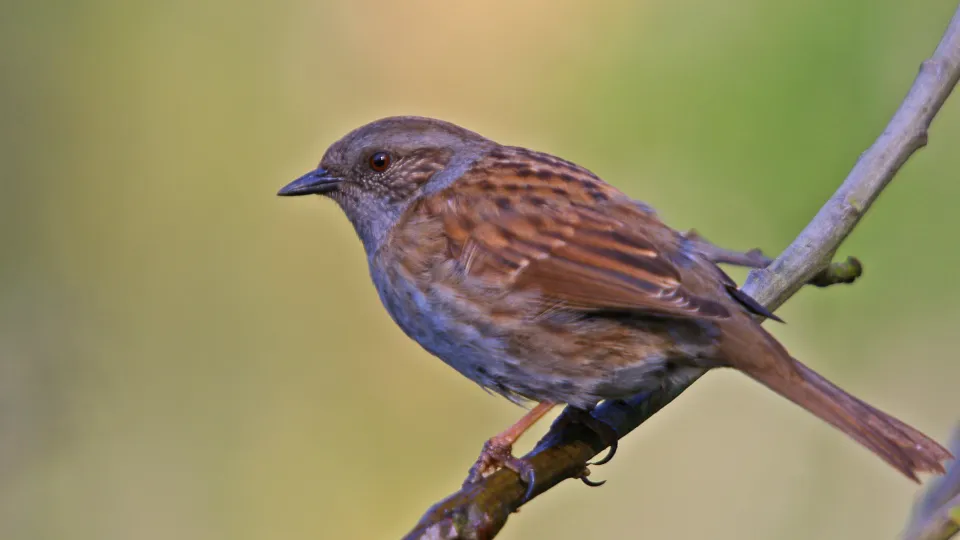
The shy dunnock can be seen hopping about under hedges as its other name, 'hedge sparrow', suggests. It inhabits gardens, woodlands, hedgerows and parks.
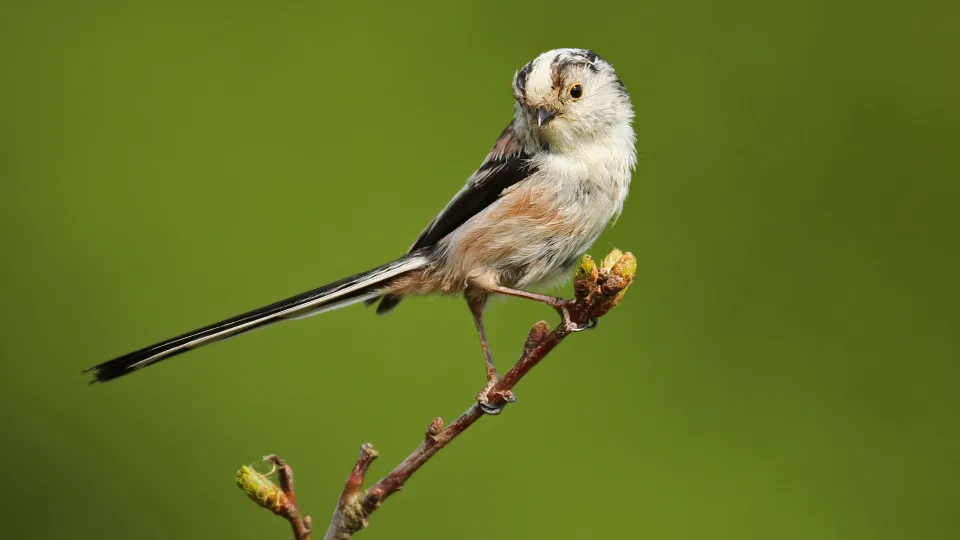
Living up to its name, the long-tailed tit can be easily recognised by its long tail. It is a small, pretty, pink, black and white bird that can be seen in woodlands, gardens and parks.

The palmate newt looks similar to the smooth newt, but favours shallow pools on acidic soils like heathlands. During the breeding season, males grow distinctive black webbing on their hind feet.
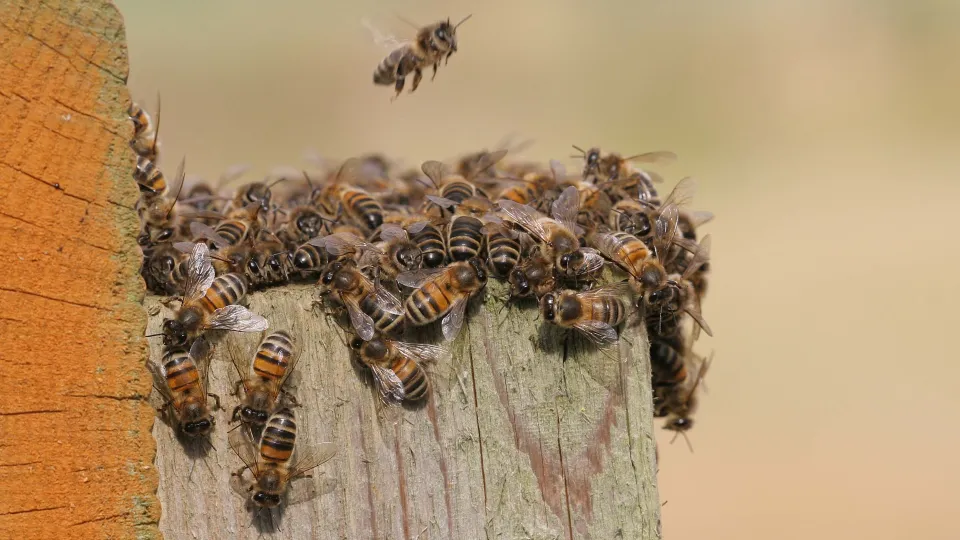
Honeybees are famous for the honey they produce! These easily recognisable little bees are hard workers, living in large hives made of wax honeycombs.

As the name suggests, this tall, white heron is considerably larger than the similar little egret. Once a rare visitor to the UK, sightings have become more common over the last few decades, with several pairs now breeding.